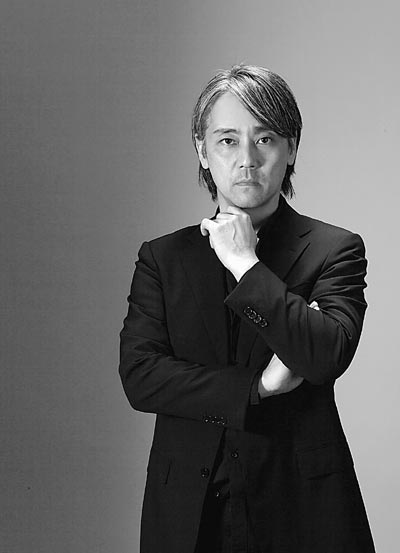Flower song of minimalism and simplicity
 |
|
Master: Yoji Kobayashi is one of Japan's most celebrated floral designers. Photo provided to Shanghai Star |
Although Japanese floral design has enjoyed a well-established reputation worldwide with its minimalism and simplicity, the art is believed to have originated in China, where during the fourth and fifth century Buddhism was growing in popularity and monks started to arrange flowers in vases around the altars, as homage for preserving life.
Flower arranging was introduced, together with Buddhism, to Japan in the sixth century. Flower arrangements were taken even more seriously in Japan than in China, becoming an essential part of training for even military leaders. It flourished into a specialized art form known as Ikebana, a combination of the Japanese word ikeru, meaning staying alive, and hana, meaning flower.
"The magic of floral design as an art form is that, different from paintings or compositions, it changes and evolves every day after the designer finishes his work, like a living art. Therefore, a good floral designer should take into consideration every face the flower may show," Kobayashi says.
At the Shanghai Master class, for example, Kobayashi asked the students to choose two pink lilies in bloom and two in bud for a plotted flower ball, the classwork of the day. It was perhaps the most well-off students one can find in the city, many toting Hermes' Birkin bags and all willing to pay 480 yuan for a two-hour session on a weekday morning.
"When the blossoming flowers are fading, the buds should bloom, like aging parents and maturing children. This is not only for the excellent visuals, but also to make the flower hemisphere less crowded," he explained.
For most of his more complicated and perhaps sophisticated works that he designs for clients, Kobayashi needs to take more things into account: the stems, the leaves, the fruit, and even the soil.
"The name floral design is very deceptive. In nature, flowers only account for a very small part, while other green plants are also key in (contributing to) the beauty of nature," Kobayashi says.
















